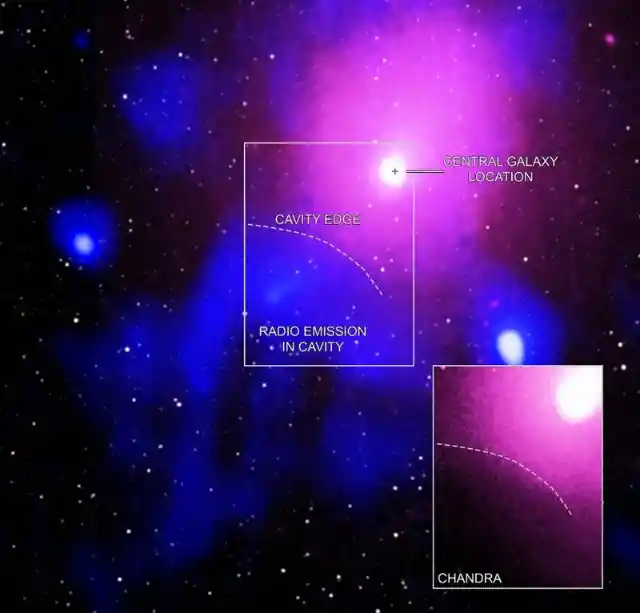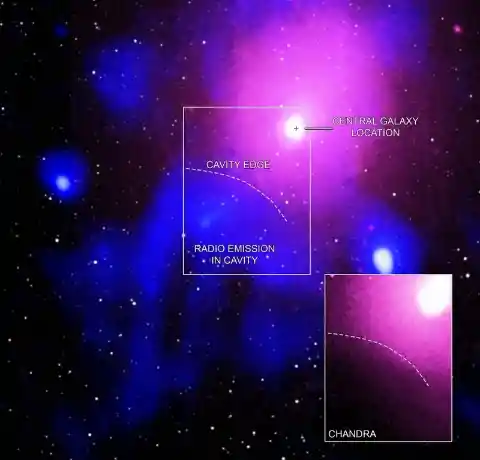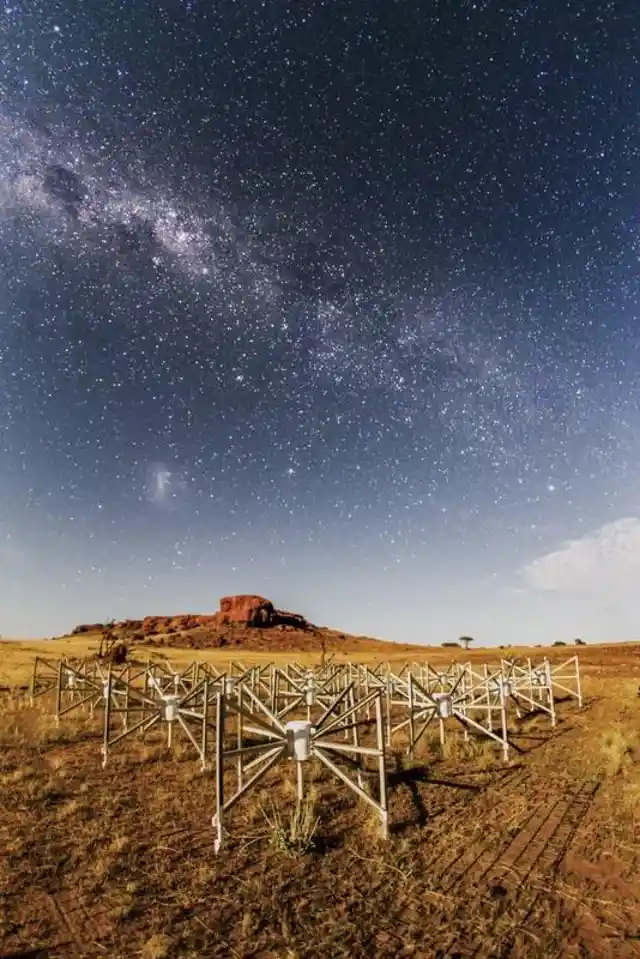Throughout history, we’ve grown used to science finding quirky and incredible things. One of the many things that science focuses heavily on today is the universe that we inhabit.


While we don’t even know the majority of the things we need to know about our own bodies and our own planet, understanding the universe makes a lot of sense. That’s why so many scientific studies focus on the cosmic as much as anything else.
However, a recent study that took place in late February by the International Centre for Radio Astronomy Research shows that something major has just been discovered.
Science teams working on the platform found a distant galaxy cluster that housed the largest explosion ever recorded in history since the Big Bang.
The blast, which formed from a supermassive black hole at the central point of a galaxy, released around 5x the energy of what the previous record-holder was able to achieve.
This was spotted by Professor Melanie Johnston-Hollitt from the Curtin University node of the International Centre for Radio Astronomy Research. Speaking about the amazing finding she had come across, she was unequivocal about the importance and its impact:
"We've seen outbursts in the centres of galaxies before but this one is really, really massive. And we don't know why it's so big. But it happened very slowly -- like an explosion in slow motion that took place over hundreds of millions of years."
A 15 Milky-Way Galaxies Size Crater
The explosion took place in the Ophiuchus galaxy cluster, which is around 390 million light-years from our own planet. Indeed, it was so powerful that it managed to actually push a hole right through the cluster plasma; a hot gas that surrounds the black hole.


The lead author of the study, Dr Simona Giacintucci, part of the Naval Research Laboratory in the USA, said: "The difference is that you could fit 15 Milky Way galaxies in a row into the crater this eruption punched into the cluster's hot gas,"
It’s estimated that it was a similar style of explosion to the one that took place on Mt. Saint Helens when the eruption was so strong that it tore off the mountain itself.
At first, the research team were unsure of what exactly they had laid their eyes upon. The discovery was made possible by using four major telescopes, including the NASA Chandra X-Ray Observatory and the XMM-Newton of the European Space Agency.
Johnston-Hollitt, who is a world-renowned expert in galaxy clusters, said: "It's a bit like archaeology," she said.
"We've been given the tools to dig deeper with low-frequency radio telescopes so we should be able to find more outbursts like this now. Going back and doing a multi-wavelength study has really made the difference here”.
This is a very exciting discovery – in science, anything that beats the previous record by 5x is sure to be celebrated by those who made the finding possible in the first place.